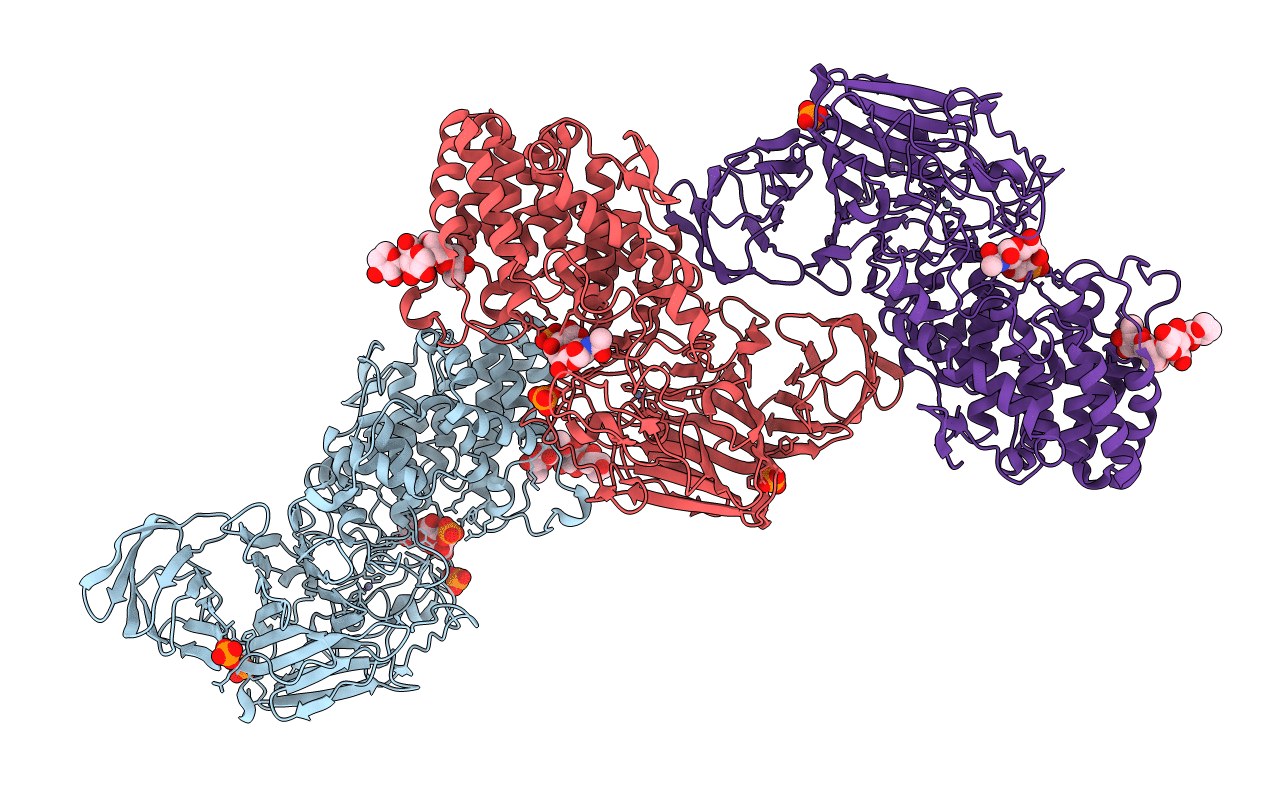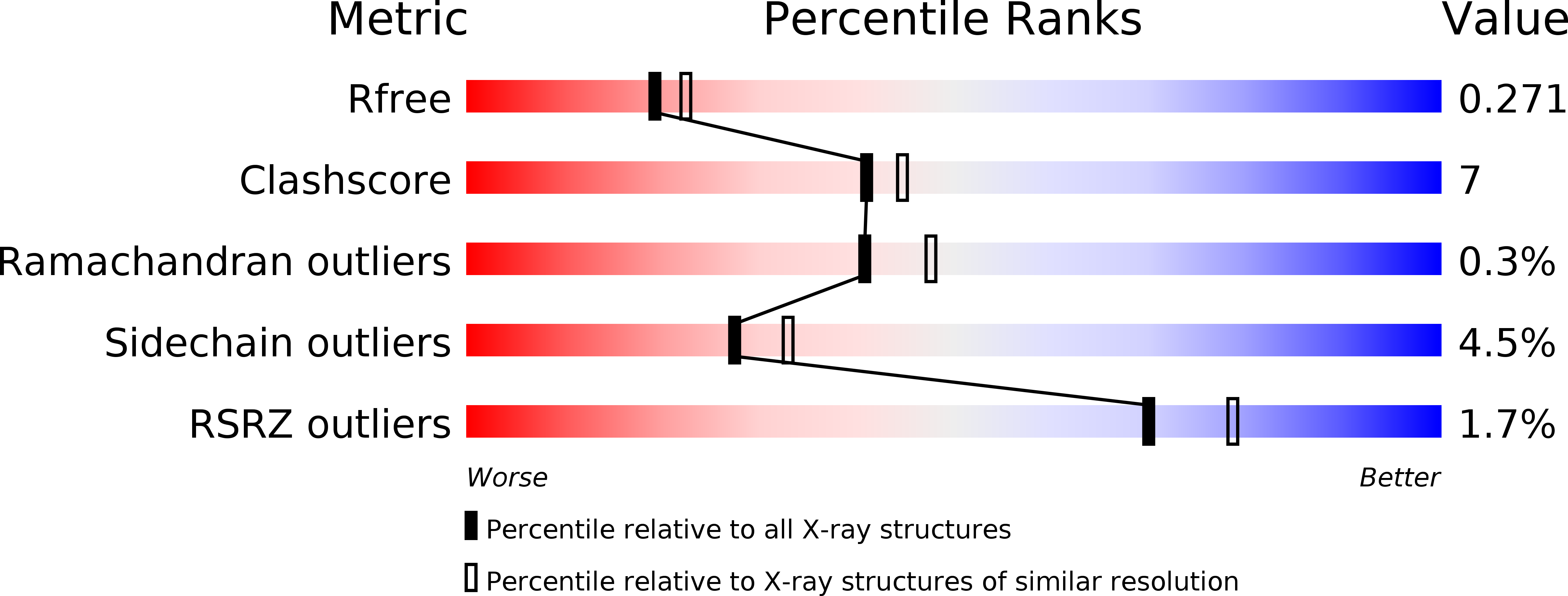
Deposition Date
2008-08-19
Release Date
2008-12-30
Last Version Date
2024-10-30
Entry Detail
PDB ID:
3E80
Keywords:
Title:
Structure of Heparinase II complexed with heparan sulfate degradation disaccharide product
Biological Source:
Source Organism:
Pedobacter heparinus (Taxon ID: 984)
Method Details:
Experimental Method:
Resolution:
2.35 Å
R-Value Free:
0.26
R-Value Work:
0.22
R-Value Observed:
0.23
Space Group:
P 21 21 2


